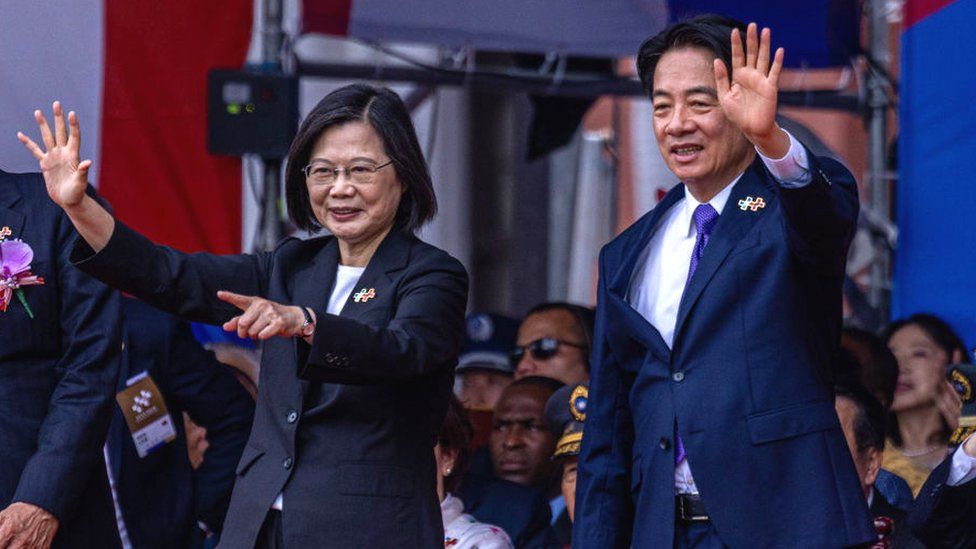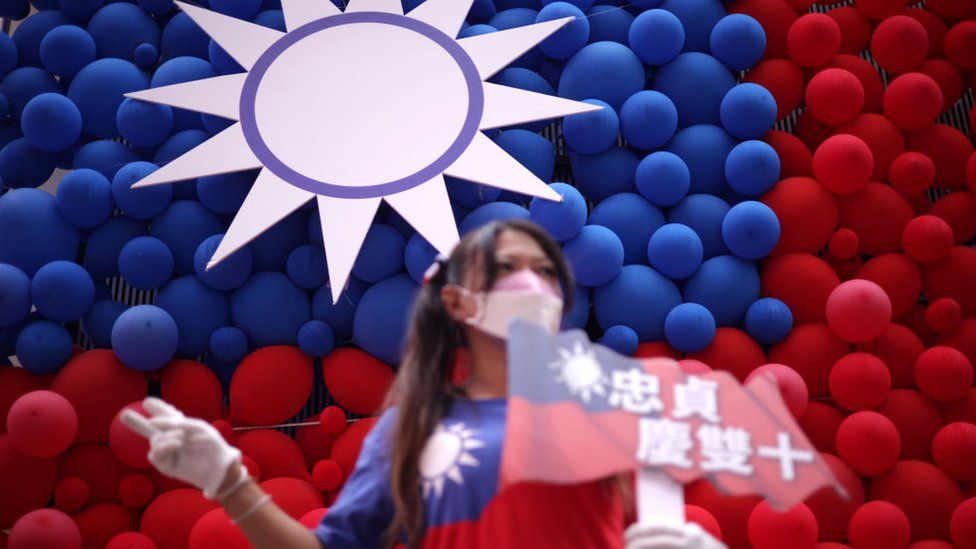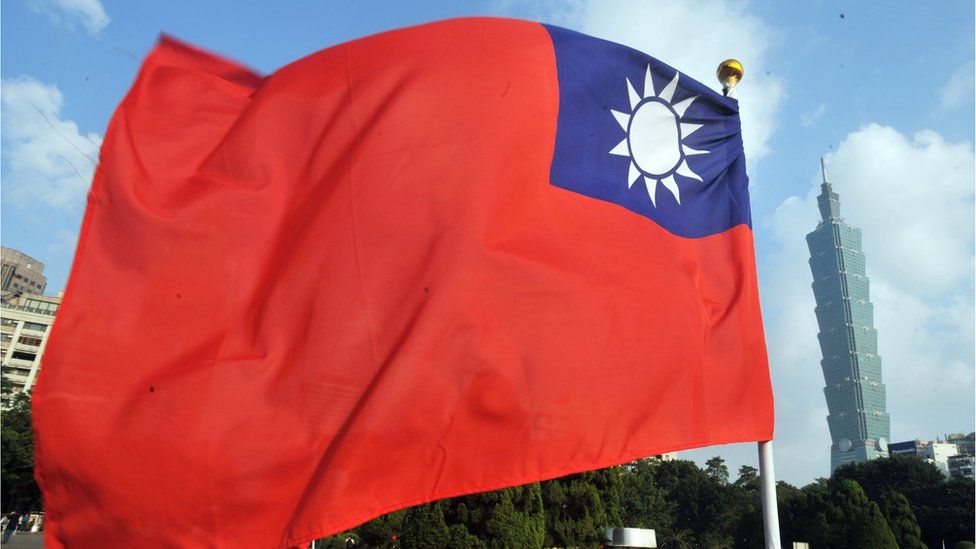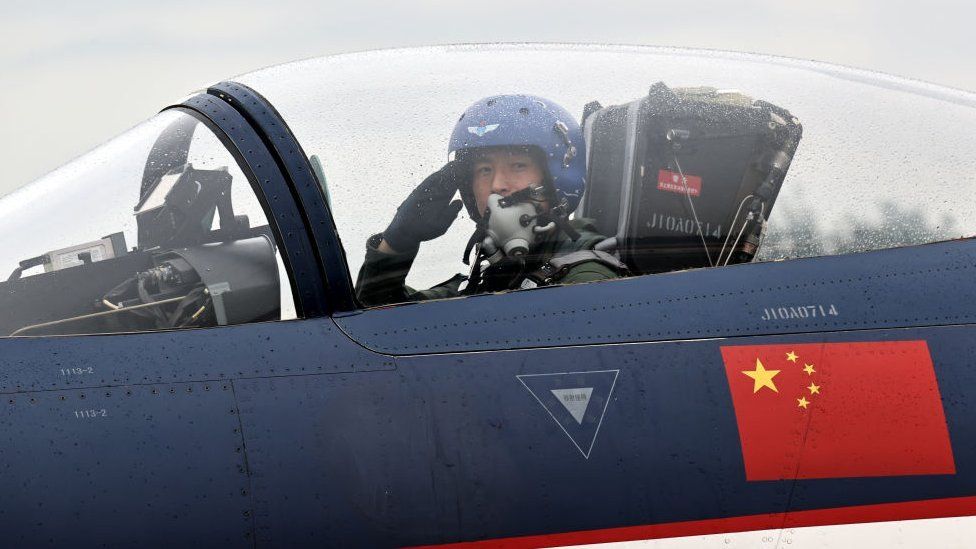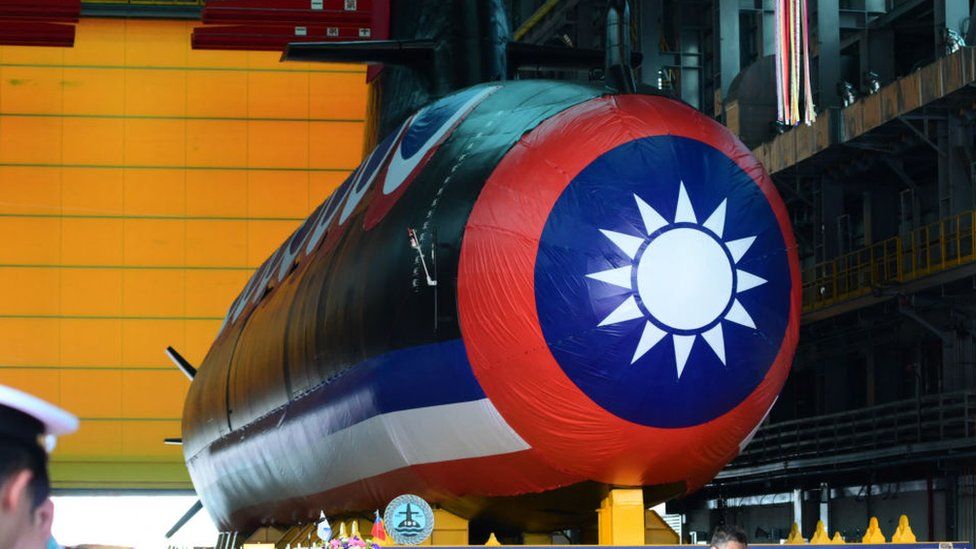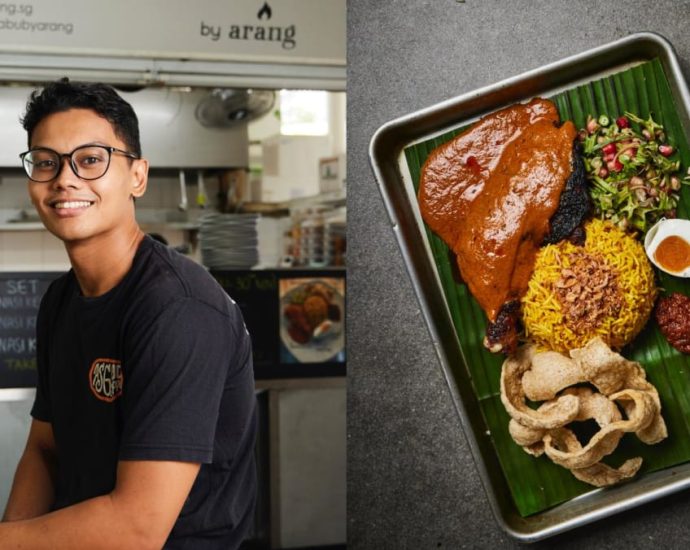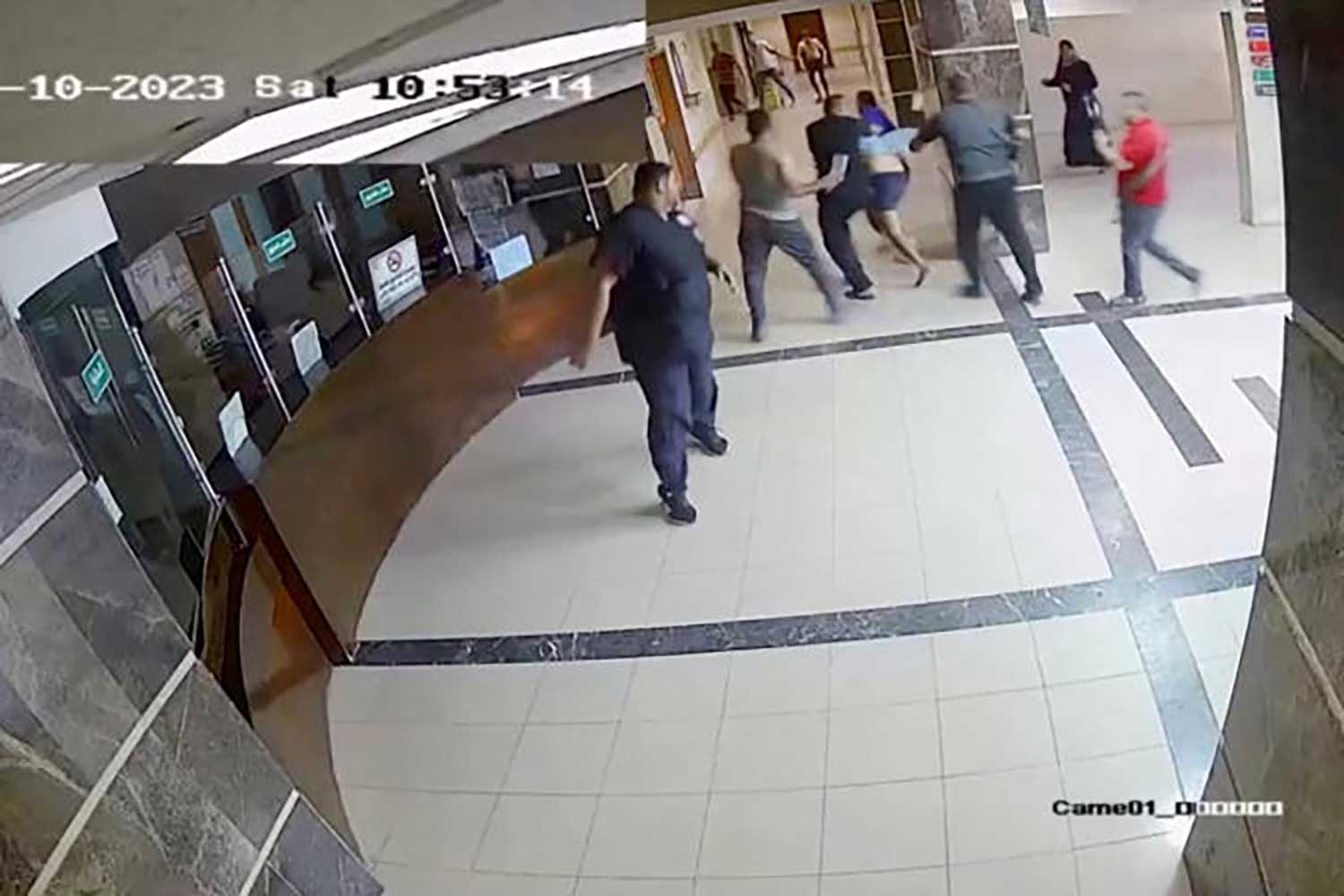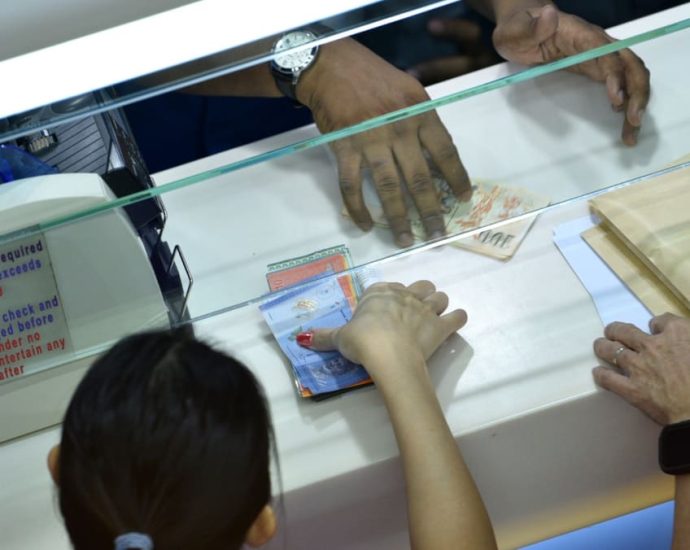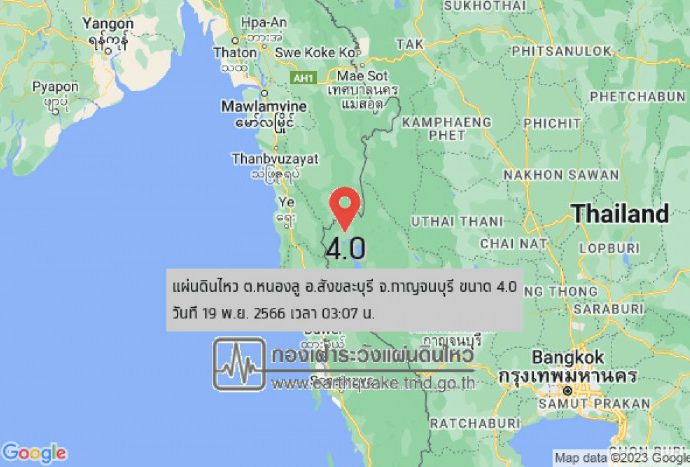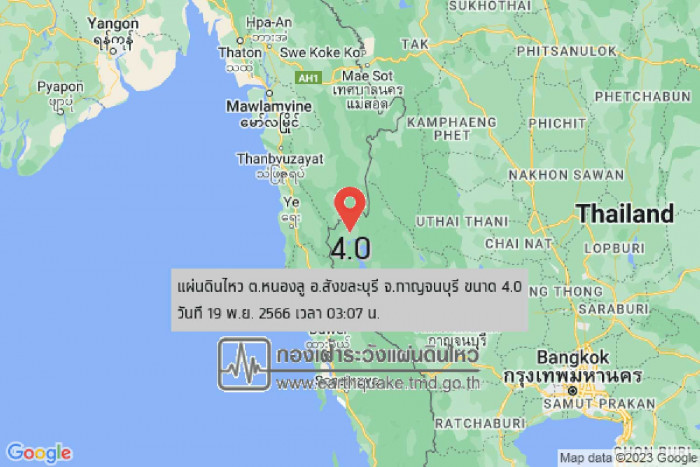From preparing meals to distributing medical scrubs: A look at SGHâs underground operations

SINGAPORE: The constant movement of staff members and patients is a common sight at hospitals but at the Singapore General Hospital (SGH), the hustle and bustle continues underground.
On Monday (Nov 20), members of the media were given an exclusive tour of the hospital tunnel network that spans about 2.5km.
Built in 1975, the tunnel has been a part of the hospital’s construction and it remains “largely unaltered” to this day, said SGH.
The tunnel – which is open 24 hours a day – links the entire hospital campus together, including Outram Community Hospital, the National Heart Centre and the former National Cancer Centre.
The tunnel is also home to several departments which the media got to see in action, including the sterile supplies unit, where approximately 1,300 sets of surgical instruments are processed on a daily basis.
Surgical instruments used at operating theatres are brought to the unit for washing, sorting and inspection for quality check, said Ms Goh Meh Meh, deputy director of nursing.





